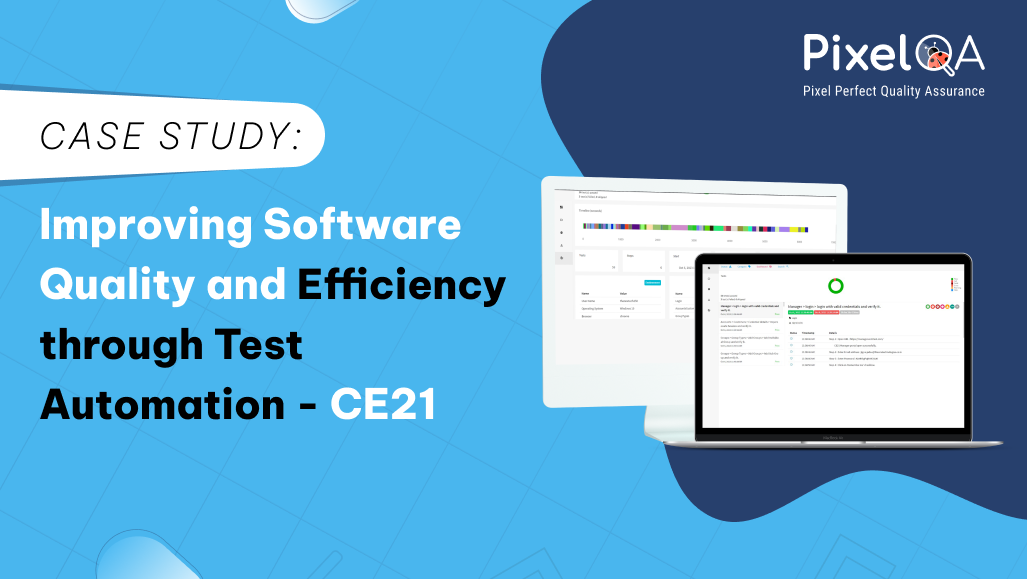
CE21 is a cloud-based Learning Management System (LMS) that provides distance education solutions to a variety of professional education verticals with a wide range of tools to efficiently manage, customize and deliver high quality professional education and management solutions. For an optimal viewing experience, all educational content is delivered in a high-definition format and can be viewed on mobile devices through an enhanced mobile application and/or streaming video on computer.
CE21 Manager: The manager solution is the admin panel of CE21 project. It will contain different modules are below
- Product Creation and related functionality management
- Tenant and Users management
- Group-Membership management
- Price-adjustment management
- Tenant wise website management etc.
- Appearance for Catalog design
- Reports
CE21 Catalog: Catalog solution is user panel which display the info based on tenant wise and provides the functionality below:
- Product listing, Searching and filtering
- Membership Group Listing
- Product and membership purchase
- Login user account management
- Custom campaign, discount and sales page
- Video viewer
- Chat, forum etc.
How did they approach us? (Client Requirement)
For software automation with increasing customer demands, CE21 recognized the need to enhance the quality of their software while maintaining a quick release cycle.
Challenge:
- Manual Testing: Most of the testing processes were manual, which led to long testing cycles and delayed releases.
- Regression Testing: Frequent updates and feature enhancements made regression testing a time- consuming and error-prone task.
- Test Coverage: It was difficult to achieve comprehensive test coverage due to resource limitations and human errors.
- Test Data Management: Managing and maintaining test data for various test scenarios was becoming increasingly complex.
Objectives:
- Reduce Testing Time: Decrease the time taken for testing to expedite the release cycle.
- Increase Test Coverage: Achieve comprehensive test coverage to minimize the risk of defects in production.
- Improve Test Data Management: Implement efficient test data management practices to support various test scenarios.
Solution:
- Test Automation Framework: A robust test automation framework was developed using industry-standard tools and technologies. The framework supported both functional and regression testing.
- Test Suite Development: Test suites were designed to cover critical functionality, user journeys, and edge cases. Test scripts were automated for each test case.
- Continuous Integration (CI): Integration with CI/CD pipelines ensured that automated tests were executed automatically after each code commit, enabling early defect detection.
- Test Data Management: A dedicated test data management system was implemented to generate and maintain test data efficiently. This system allowed for data-driven testing
Results:
- Reduced Testing Time: Automated tests reduced the testing cycle by 80%, allowing for faster and more frequent releases.
- Increased Test Coverage: With automated tests, CE21 achieved over 90% test coverage, reducing the risk of critical defects in production.
- Improved Test Data Management: Test data management became more organized and efficient, enabling various test scenarios to be covered effectively.
- Early Defect Detection: Automated tests in the CI/CD pipeline identified issues early in the development process, reducing the cost and effort required for defect fixing.
- Cost Savings: The automation of repetitive tasks reduced the need for manual testers, resulting in cost savings in the long run.
Technology Stack:
- Software Testing Tools (Selenium WebDriver)
- Programming language (Java)
- Build automation tool (Maven)
- Testing Framework (TestNG)
- Reporting library test automation (Extent Reports)
- Code Management (GIT Hub)
- Automation Test Execution (Jenkins + Eclipse)
What We Delivered:
Implementing test automation significantly improved software quality and efficiency for CE21. CE21 is now able to release software updates faster while maintaining a high level of quality and test coverage. Automation not only reduced testing time but also provided a safety net for continuous integration, leading to a more reliable software release process. Test automation became an integral part of their software development lifecycle, contributing to their overall success.
Platforms:
- Android
- iOS
- Web

